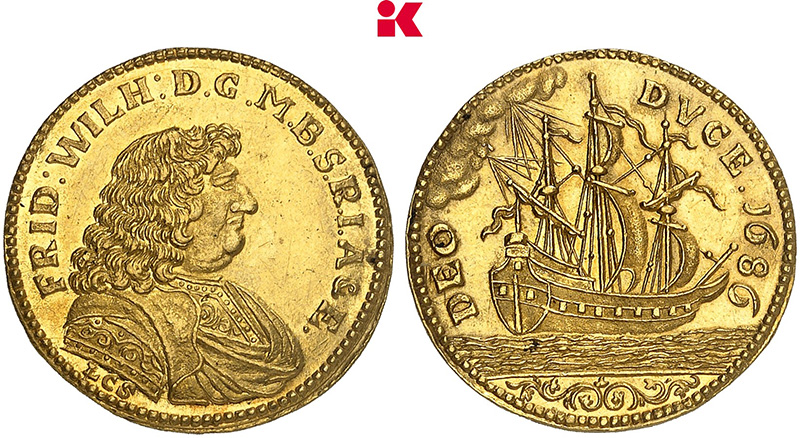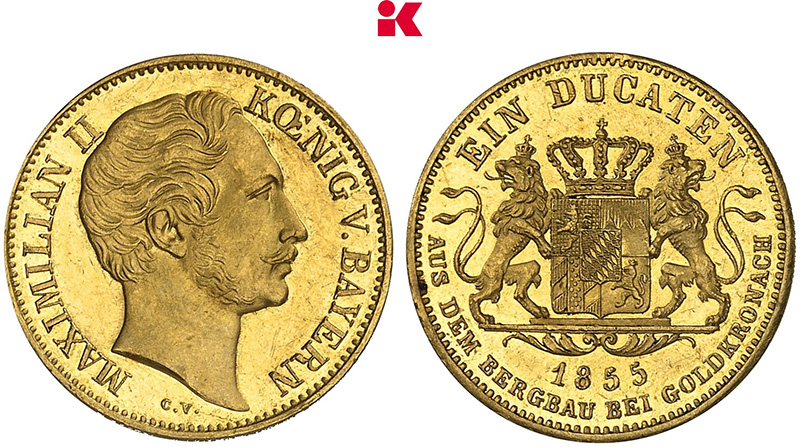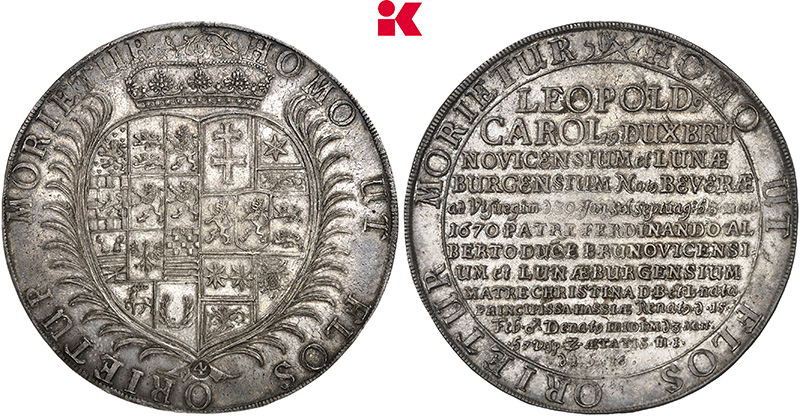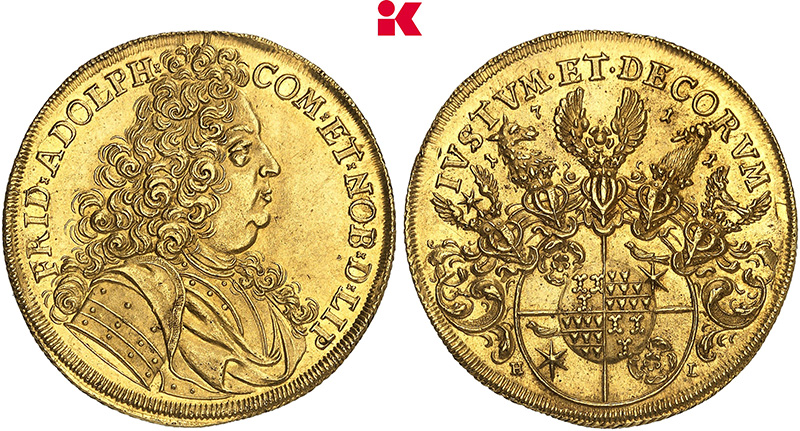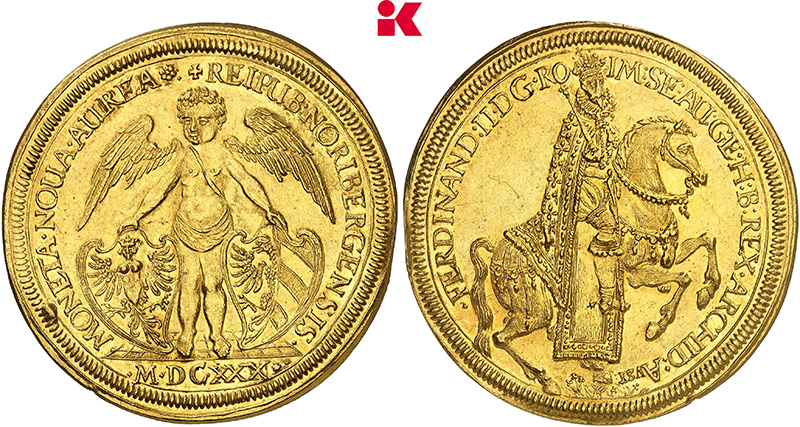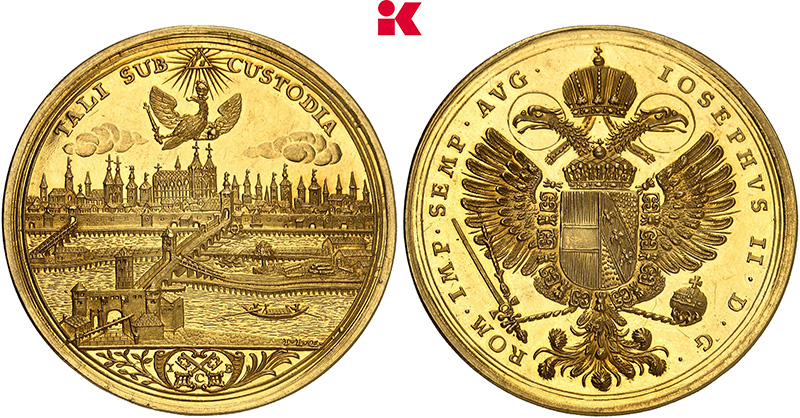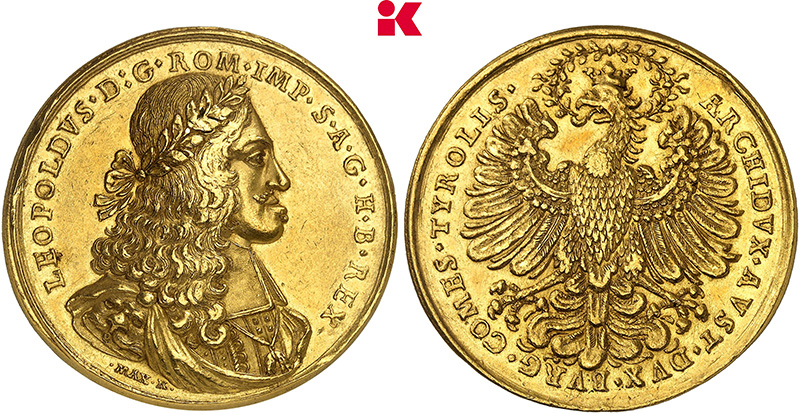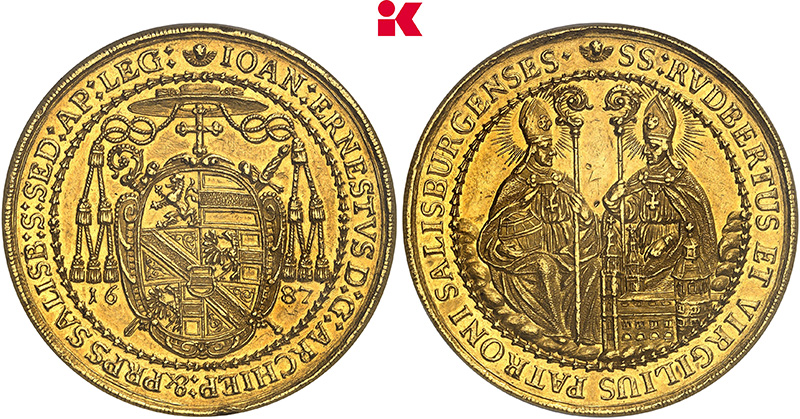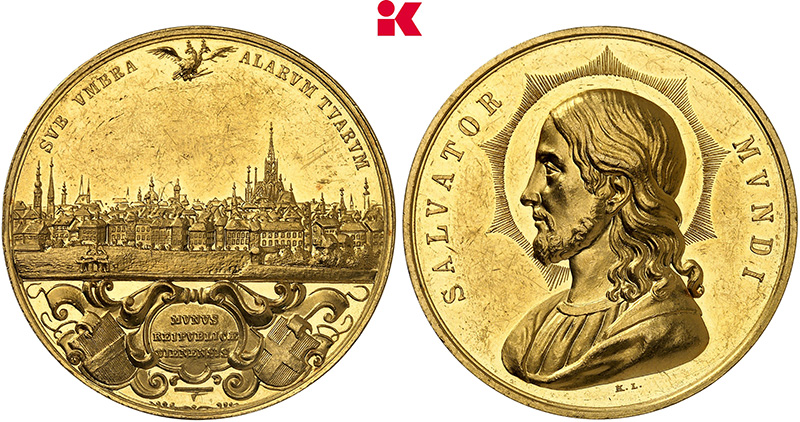The End of Mint of Finland
by Ursula Kampmann
On 28 August 2024, Mint of Finland announced that it would cease operations in mid-2025. This comes as no surprise. Many insiders knew that the Finnish state had been looking for a buyer for the Mint of Finland Group for some time. After all, its losses amounted to 9.9 million euros in 2022, 5.1 million euros in 2020 and 1.4 million euros in 2019, which even the successful year 2021 with a profit of 4.8 million euros could not compensate for.
Content
Apparently, no one was willing to buy the entire Mint of Finland Group, which is why there have been repeated reports of individual acquisitions in recent months. In August 2023, Mint of Finland announced that it had positioned its collector app Coiniverse, which it had been developing since 2016, on the market as an independent start-up. In January 2024, we read that Mint of Finland had sold its blank production to Freiberger EuroMetall GmbH on 31 December 2023.
The Weakening Business With Circulation Coins
At the time, the press release stated that Mint of Finland intended to focus on the production and sale of circulation coins. Market experts were surprised by this statement, as it is precisely this field of business that is currently in crisis.
The production of circulation coins is declining drastically worldwide, and there are several reasons for this: Firstly, payment habits are changing. Today, even the smallest purchases are paid for by card, mobile phone and the like. Secondly, banks and financial service providers are spending a lot of money promoting cashless payments, while at the same time making it increasingly expensive and difficult to obtain cash.
Coins with very low face values in particular are unpopular – after all, the various denominations have never been adapted to the new developments. Are you wondering what I am talking about? Well, inflation has devalued the smallest coins to such an extent that they no longer represent any value, even for the poorest. The consequence of this should be to abolish them altogether and replace the banknote(s) with the lowest face value with coins. After all, coins are much cheaper than banknotes on a cost-benefit basis. But central banks could not bring themselves to do so. As a result, a large proportion of the coins in circulation no longer meet our needs.
In addition, there is a home-made problem: before and shortly after the introduction of the euro, many mints upgraded their machinery. Today, every national mint owns machines that can produce many times the amount of coins required nationally. To keep their employees and their machines busy, an increasing number of state mints compete for orders from countries that do not have their own mint. Mint of Finland also played a role in this. In July 2023, it was commissioned by the Colombian National Bank to produce 370.5 million coins; in October 2023, it signed a contract for 400 million circulation coins for Guatemala. Mint of Finland must have offered a really favourable price for the deal to be concluded. It is unclear how much profit there will be left once all commissions are completed – especially in face of all the uncertainties that we have experienced in recent years regarding material and energy costs.
Competition and increased production costs have greatly reduced the profit margin for mints in recent years. This has even led the Royal Mint to announce in April 2024 that it will no longer produce circulation coins for other countries. And the Royal Mint has been the undisputed market leader in the production of circulation coins for other countries for over a century!
The Boom Years Were Not Taken Advantage of
Nobody would have dreamed of this at the turn of the millennium. At the time, Mint of Finland was considered the big winner in the new euro coin business. For several years, Mint of Finland bought other companies all over Europe. In 2001, it acquired the Swedish Mint from the Swedish National Bank. In 2003 it bought a 50% stake in the Norwegian mint Det Norske Myntverket AS, which was taken over by Samlerhuset in 2015. In 2011, Mint of Finland acquired the blank manufacturer Saxonia, making it one of the world’s three largest blank and coin manufacturing groups.
All these activities focused on the field of circulation coins. Mint of Finland refrained from expanding its business into the now very profitable collector coin sector and from producing bullion coins.
This focus on circulation coins is now paying off – and rather negatively so. After 162 years, the numismatic tradition of Suomen Rhapaja Oy, as Mint of Finland is known in Finnish, is coming to an end. It is yet another example of a European state no longer being prepared to pay for its own mint.







